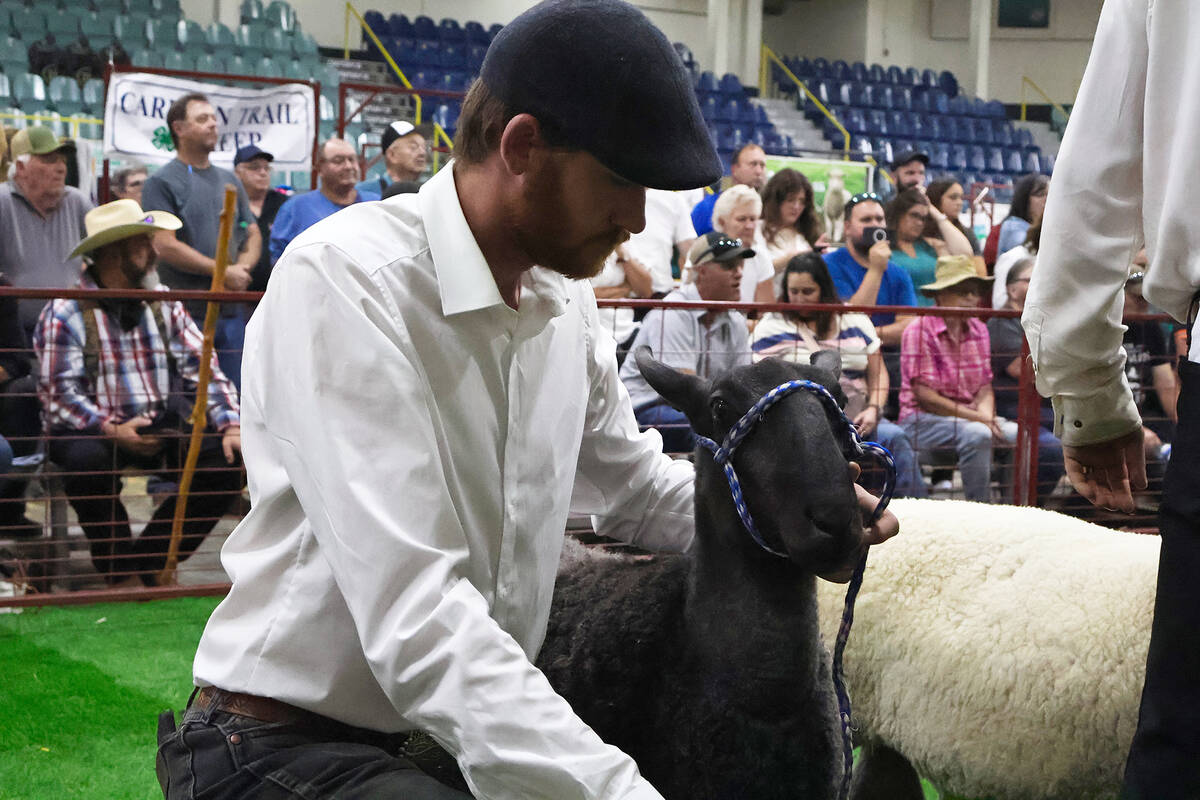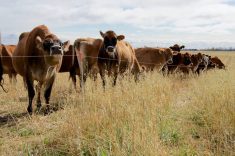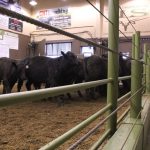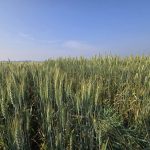HANNA, Alta. Ñ Alberta continues to buy time against fusarium head blight.
Researchers are still collecting 2004 data but they know a few cases were present in some irrigated areas of Alberta, said Kelly Turkington, plant pathologist at Agriculture Canada’s research centre in Lacombe, Alta., .
“Under irrigation, especially where producers push the water, we are seeing higher levels of head blight,” he said at a crop production seminar in Hanna.
The fungus thrives on moisture, high humidity and moderate temperatures during flowering.
He suggests farmers try not to irrigate while grains are in flower to avert possible infection. It tends to set in five to 10 days after flowering.
Read Also

Bluefaced Leicester breed in a class all its own
The Bluefaced Leicester’s high-quality mothering skills and quality wool are some of the strong traits that make the breed a good addition to any operation.
Seeding rates could also be increased to reduce tiller formation and shorten the flowering period.
Seed should be tested for the fungus before planting and at harvest.
While Alberta is nearly free of head blight, other fungal diseases have symptoms that might be confused with fusarium. There are also several different strains of the disease that are less harmful than fusarium graminearum.
Fusarium pseudograminearum is a different fungal species found in dryland crops. It seems to favour drier conditions and causes premature ripening of crops.
Crop scouts saw more septoria symptoms last year, similar in appearance to fusarium infections. Septoria causes brown lesions surrounded by yellow on leaves. It moves up the leaves to the head.
Red smudge and tan spot also appeared. All registered durum varieties are susceptible to these fungi. Tan spot is prevalent in cold wet springs when distinct tan spots appear on seedling leaves. The fungus overwinters on crop residue producing ascospores. Infection may then be produced on older leaves leading to disease buildup. Under hot dry conditions, this disease may disappear from the crop.
Red smudge downgrades the value of harvested grain due to reddish discolouration on the kernels. Late season rainfall, irrigation and warm moist weather favour smudge development.

















